The high floral diversity of Ladakh could also be attributed to its location at the junction of three of the six bibliographical zones of the world. The climate is influenced to a large extent by the Greater Himalaya to the south. There is minimal precipitation in the region due to the rain shadow effect of the Himalayan crest. Thus, the plant production is low, and vegetation of the region is characterized by alpine steppe, where the cover hardly crosses 20%. Despite such poor primary productivity, there is a diverse assemblage of fauna that thrived for millenia. Situated in the valley of Changthang, the lake Pangong tso and its surroundings provide a unique habitat for life. It is largely an exposed barren landscape, the cold desert with sparse vegetation exhibiting characteristic adaptations to withstand the adverse ecoclimatic conditions. Nevertheless many wetlands that exist in the valley support extensive pastures. The vegetation in the pastures is largely cold hardy grasses and sedge species. The vegetation in the other places is largely of scattered shrub. Tree cover is almost completely absent. Diversity here is to the minimum, the same species being repeated throughout. These species are not different from those inhabiting rest of the areas in Changthang.
The soil in the valley, particularly that in the vicinity of the lakes is sandy and gravelly, lacks organic matter and understandably a poor substratum to support plant growth. The water of Pangong tso is brackish. The vegetation along the lake is particularly scanty, one species of grass being predominant. The habitat does not appear to be a hotspot area for plant species. The Pangong lake however seems to be teamed with an array of algal species.
The region lack vegetation in the deeper parts of the lake, but at the margins and marshy areas, sedges and grasses are found towards the northern and eastern sides. The surrounding plateau and hills support low thorn scrub and perennial herbs (Islam and Rahmani, 2008). The two biotopes of the Changthang Wildlife Sanctuary via riverine contains Salix sp. and Myricaria germanica, and Caragana scrub contains Caragana pyomea.
Seabuckthorn (Ladakhi:Tsermang): This shrub which is found in large parts of Ladakh is known for its delicious berries. These fruits have a high content of Vitamin C and are known for the anti-aging properties they are said to possess. Some of the varieties of Seabuckthorn are high in Vitamin A and other oils. Over 200 products can be commercially made from this plant, which is very important for the local people too as fuel wood and construction material.
The following flowering plant species (Figure 24-35) are noticed within the 50 sq.km of the proposed site for solar telescope by the side of Pangong tso:
- Nepeta longibracteata (Lamiaceae)
- Arnebia guttata (Boraginaceae)
- Taraxacum officinale (Asteraceae)
- Echinops cornigerus (Asteraceae)
- Tanacetum tibeticum (Asteraceae)
- Aconitum sp. (Ranunculaceae)
- Silene nigrescens (Caryophyllaceae) - Near Changla pass
- Potentilla sp. (Rosaceae)
- Crepis flexuosa (Asteraceae)
- Nepeta podostachys (Lamiaceae)
- Cirsium sp. (Asteraceae)
- Anaphalis triplinervis (Asteraceae)
- Christolea crassifolia (Brassicaceae)
- Saxifraga sp. (Saxifragaceae) – An alpine grassland species
- Rhodiola imbricata (Crassulaceae)
- Sibbaldia sp. (Rosaceae)
- Scorzonera virgata (Asteraceae)
- Sassurea bracteata (Asteraceae)
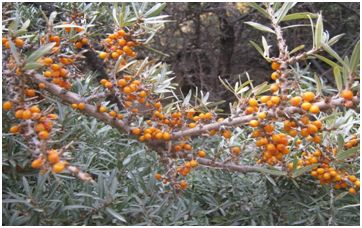
Figure 22: Seabuckthorn shrub
Ephedra gerardiana, a gymnosperm that is found towards Henle could not be sited in Changthang valley, particularly around Pangong tso. Also, natural populations of Hippophae rhamnoides (Elaeagnaceae) which are almost everywhere in Ladakh and predominant towards Leh are strikingly absent here.
The dominant and widespread among the above listed flowering species are:
- Tanacetum tibeticum
- Echinops cornigerus (Asteraceae)
- Crepis flexuosa
- Cirsium sp.
Other flowering taxa exist here in small numbers which could not be identified as they were not in their flowering/fruiting stage at the time of our visit.
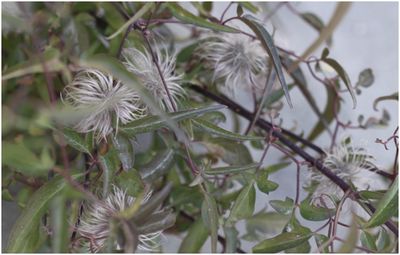
Figure 24. Clematis sp.
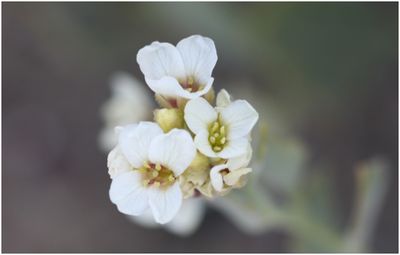
Figure 25. Cristolea crassifolia
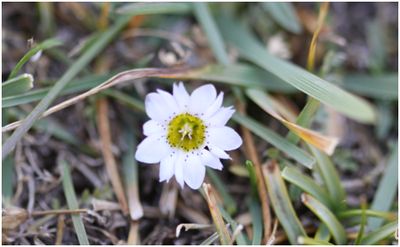
Figure 26. Gentiana sp.
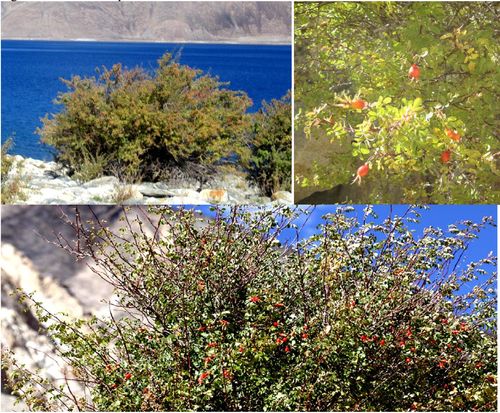
Figure 27. Rosa sp.
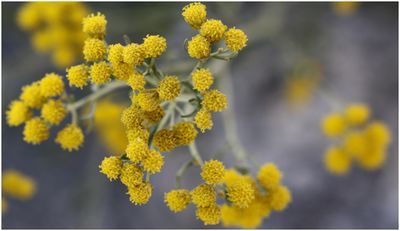
Figure 28. Tanacetum gracile
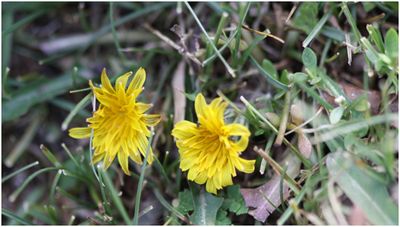
Figure 29. Taraxacum officinale
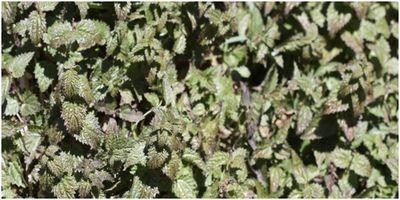
Figure 30. Urtica hyperborea
Vegetation just adjacent to Study Area:
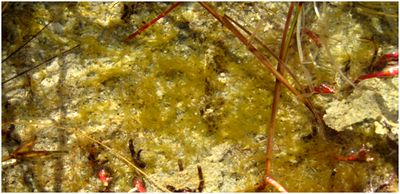
Figure 31. Filamentous alga.
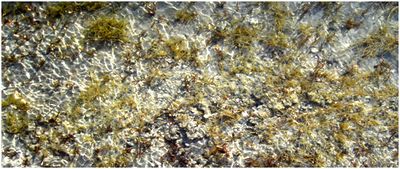
Figure 32. Chara Sp.
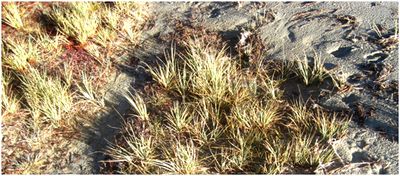
Figure 33. Grass sp.
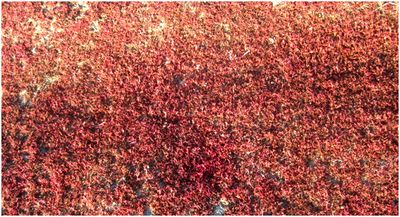
Figure 34. Small angiosperms near the shore lines
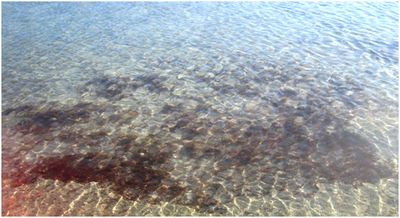
Figure 35. Presence of aquatic vegetation
Phytoplankton: During the study period members of Charophytes were present near the shorelines of the lake. (Chara sp. and Nitella sp.). Among the microalgae the filamentous algae were more predominant as Oscillatoria sp. and Stigeoclonium sp.